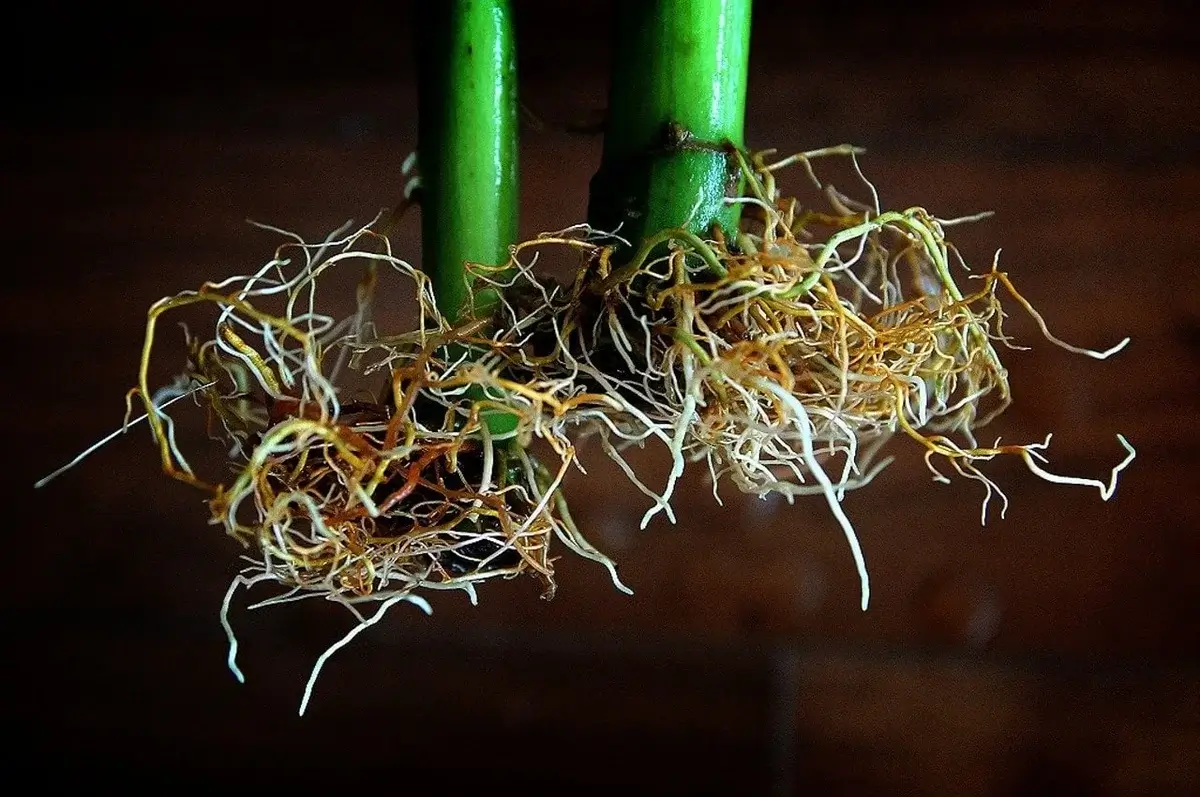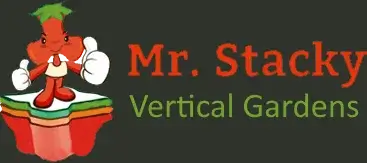It’s all about healthy plant roots- particularly in hydroponics! The health of your plant starts from its roots up, so it is important to keep them as healthy as possible. One of the most common mistakes by new growers is that they overlook the condition in which their plant roots are in.
The plant roots are the building blocks and its main support so it can grow lovely juicy fruit or flowers!


What do plant roots actually do?
Plant roots are used to sock up nutrients from the ground, growing medium or nutrient solution (basically whatever the roots are sitting in). Nitrogen, phosphorus, potassium, and magnesium are some of the main nutrients your plant will need for a healthy root system and plant. Without these nutrients, a plant cannot produce chlorophyll (which is what makes plants green), or grow correctly. Thick roots can take in more nutrients and longer plant roots can extend deeper into the growing medium, gaining access to even more nutrients. The plant roots also secure the plant to the ground, or growing medium and act as an anchor, keeping it in place. This will protect the plant against strong wind and heavy rain/ watering. Plant roots also interact with the plant’s rhizosphere (the area of soil around the plant root). The root will release compounds such as sugars, proteins and organic acids, which provide food for the microorganisms in the rhizosphere. These microorganisms can be beneficial for the plant, including preventing it from disease, breaking down nutrients to make them more digestible to the plant, eating dead root matter and maintaining the pH of the rhizosphere.How to tell if your plant roots are healthy
Healthy plant roots should be thick and strong, and not easily break in your hand. They will be dense but enough that you can see each root individually. The roots should also be light in colour, either white or a very light brown. If they are dark brown or black, you may have root rot. Some nutrient solutions can change the root colour slightly but not so much that they turn a really dark colour. If your plant roots are dark, it is a sure sign that they have the dreaded root rot.What is root rot?
Root rot occurs when pathogens attack the root system of your plant. The pathogens can eventually spread throughout the entire root system and even to roots of other nearby plants. Roots will end up weak, gooey, and the growth or making of new roots will stop. Root rot begins as a yellowing of the roots and will eventually turn dark brown or black. If your plant roots begin to have an odour, this is a sure sign of root rot, as well as them becoming tangled, slimy and easily breakable. The decay of plant roots can be a sign that your roots have not been exposed to enough oxygen. This could be caused by your growing medium not being properly aerated, or from overwatering. Root rot can also occur from bacteria in the water. Cooler water has a little more oxygen than warmer water, plus water that is 21 degrees Celsius or over can increase the likelihood of your plant roots suffering from a bacterial infection. At this temperature, pathogens can grow and spread.Fixing root rot
Fixing rot will depend how much of the root system has been damaged. If you catch it in time, there is a good chance you can get your roots healthy again and thriving! If the roots are completely mushy and falling apart, then unfortunately it will probably be too late. If the decay has not damaged the whole of the root system, you may have a chance (yay!). How to salvage plant roots from root rot: 1. Start by removing the plant from its pot and running under clean water to remove debris and any damaged roots. 2. Cut back any remaining roots that have rotted. 3. Clean out the container thoroughly or put in a new pot, if possible. 4. Run your irrigation system with an enzyme solution to kill any bacteria. 5. Replace pot with new growing medium, or your hydroponic tank with fresh nutrient solution. 6. Monitor your plant, regularly checking the temperature around the roots, and making sure the growing medium is well aerated. 7. If the plant is a good size, it might be worth cutting back a some of the leaves. This allows it to put its energy into growing its roots.
Stimulating your plants root growth
The best way to get your roots to grow nice and healthy is by providing them with all the right nutrients. Nourished roots will grow long and strong! They will also be able tolerate a certain amount of variation to watering. Nitrogen, phosphorus, and potassium (NPK) are the three most crucial nutrients your plant roots need to grow bigger, stronger and juicer. Nitrogen can help a plants root structure to grow, phosphorus encourages early root growth, fruit set and flowering, and nitrogen will thicken the cell walls of that plant so it can deal with stress better. Be careful when watering your plants. Overwatering can starve your plant of oxygen and underwatering can stunt its growth. Be sure to understand your plant properly to keep it as healthy as it can be. Temperate can play a role in the growth of your plant’s roots. Temperatures around 18-22 degrees Celsius provide the best growing conditions for plant roots. Always check the optimal temperatures for each plant you are growing, as these can vary from different types. Growing indoors can be a great way to control the temperature your plants live in, by using chillers, heaters, humidifiers, etc. If growing outdoors, temperatures can be harder to control. With Mr Stacky gardens, many can be easily wheeled or transported, so you can move them in and out of the sun if need be. If you are a beginner, or would just like to grow your roots faster, then try growing from propagated cuttings, as opposed to a seed. When growing directly from a seed, this can take much longer for the roots to start growing.Nutrient solutions
Many gardeners use nutrient solutions and fertilisers to promote root growth. You will commonly see the symbol ‘NPK’ on fertiliser or nutrient bottles. This stands for nitrogen, phosphorus and potassium. A solution which has 10-20-20 on the label will mean it has 10% nitrogen, 20% phosphorus and 20% potassium. Hydroponic nutrients contain NPK nutrients as well as all the other trace nutrients typically found in great quality soil. The nutrients are in an easily absorbed form, which is why growing hydroponically works remarkably! You can also use natural sources of nutrients for growing organically. Some common natural fertilisers may include granite meal, kelp, wood ashes, bone meal, and rock phosphate. Take a look at our organic nutrient for beneficial soil and plant health. Mr Stacky also has a superior blend A&B (great stuff!), which is suitable for both the vegetative & bloom phases of growth. This can help with systems which are growing different crops growing simultaneously. This mixture has been popular amongst our growers.
Best growing mediums
Hydroponic systems typically use a ‘soil free’ method of growing, which can be cheaper than buying soil (the less growing medium the cheaper it is to run!). Growing mediums such as coco coir and perlite are popular, being able to hold water well but still letting in a good amount of air. The most popular growing mediums for hydroponic systems include coco coir, perlite, clay pellets, rockwool. Remember, Mr Stacky planters can also use soil if that’s what you prefer! We generally recommended using a mix of coco coir (80%) and perlite (20%), although you can get away with just coco coir. The 80/20 mix of coco coir and perlite is a sweet spot for Mr Stacky systems! Coco coir can hold 22% of air, even when wet and can hold its own weight in water. For beginners, this is a great medium to start with as it can help prevent overwatering or underwatering. The antifungal properties of coco coir can also help protect plants from root diseases such as pythium and phytophthora. The perlite will aerate the growing medium, giving it a nice balance. For more information on Mr Stacky vertical garden systems, check our most popular 5 kit planter, which is perfect for the home grower!
About the Author
Mr Stacky is the leader in Tower Garden Systems in Australia, specializing in commercial hydroponic farming, urban farming & residential vertical gardening.
Find out how he can help you achieve your food production goals. Contact Brian


